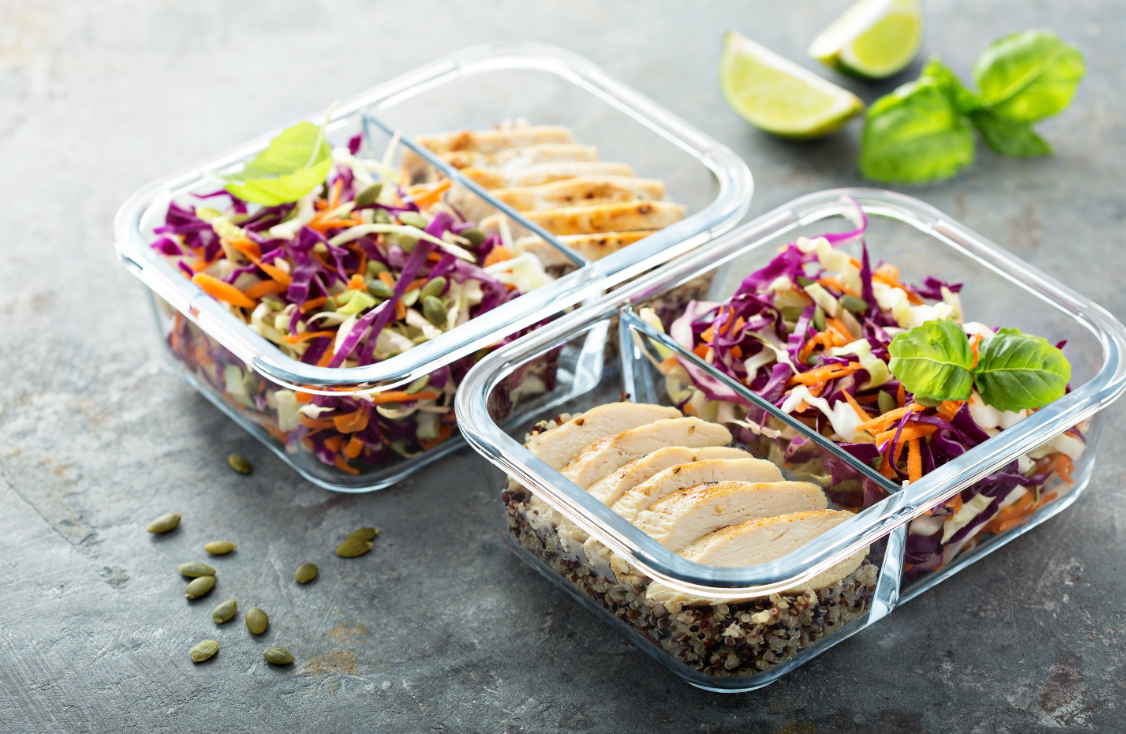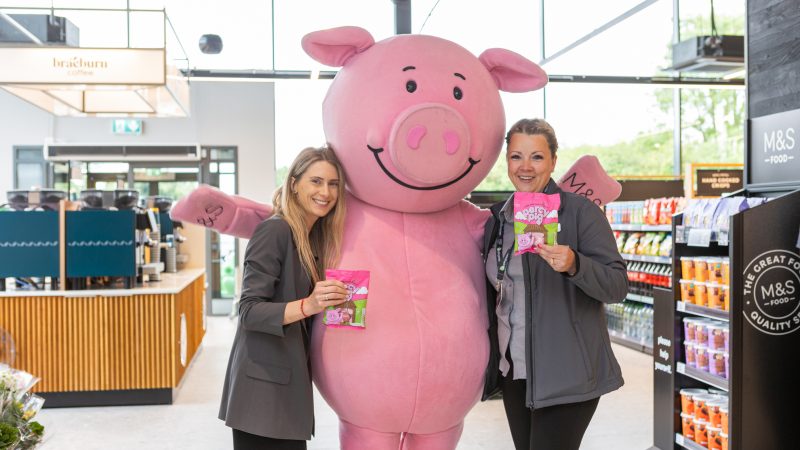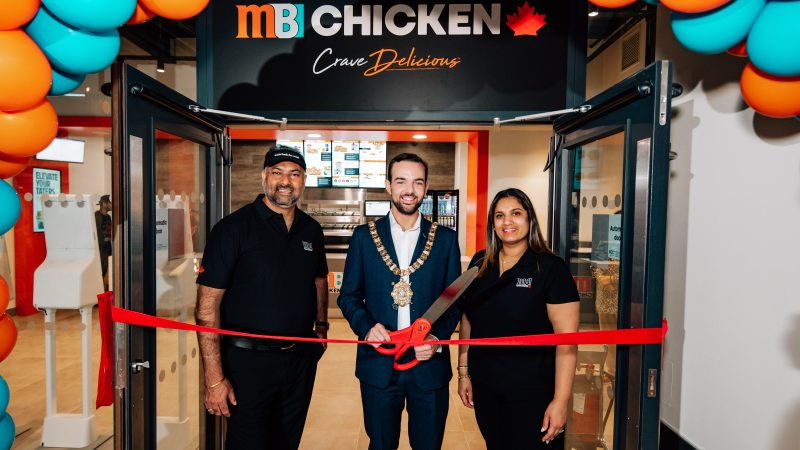What’s next for food to go?

Before the Coronavirus pandemic and its ensuing lockdown, food-to-go was one of the most dynamic channels in the grocery market.
A combination of factors including new payment technology, global food trends and a drive for convenience to meet busy consumer lifestyles helped to ignite the sector and produce rapid growth in the market like never before.
According to research from Bord Bia, consumers spent a whopping €458m on food-to-go across the island of Ireland in 2018.
Before the pandemic, supermarket prepared foods became increasingly popular, and forecourt convenience stores were sprinting to keep up with the increasing demands of consumers stopping by to grab a quick snack or hot beverage at all hours of the day.
In March, lockdown pressed pause on that activity. Consumers prepared the majority of their meals at home and with busy schedules put on hold there was little need for food to go. The demand for takeaway cups of coffee and prepared lunch options ground to a halt.
A return to normality
A major factor that has bolstered the food to go market in the past, is the fact that busier schedules demand more convenient foodservice solutions. Consumers are looking to source food anytime, anywhere, and foodservice has benefitted from this.
The 2016 Morgan McKinley Working Hours Survey reveals that nearly three quarters of Irish employees report they worked longer hours than they are contracted to in 2016. Of those surveyed, just over two-fifths (41.6 percent) reported working six hours or more over their contracted hours each week.
The increase of people laid off or working from home has surged, so naturally those purchases have dropped dramatically.
Fortunately, as lockdown has relaxed, sales have started to pick up once again.
The return of construction did much to bolster sales, with many workers grabbing teas, coffees and hot lunch options on the job. Similar increases were seen with the reopening of non-essential retail at the begining of June. Increased footfall on Ireland’s high streets resulted in a slight spike in the sale of hot beverages.
Hygiene concerns
While life looks set to return to normal in the next couple of months, one aspect of food to go that may see changes is how food to go options are packaged and presented. Hygiene will remain front of mind and consumers may worry about not knowing who has touched their food.
This may mean food is prepared, packaged and presented differently. In particular open salad bars may not be operational for some time and there will be a greater focus on packaged items designed for pick up and go.
Retailers with indoor seating areas may also need to adapt. Customers may not feel confident using shared seating space. In some instances this may be repurposed as space for queuing, and purchased food to go items will be eaten outside of the premises.
The future
Whether food to go will have the same popularity post-lockdown as it did pre-pandemic remains to be seen. Global research indicates that after the pandemic consumers will continue to favour the most convenient options when it comes to food and that purchasing decisions will continue to be driven by price, convenience and habit.










